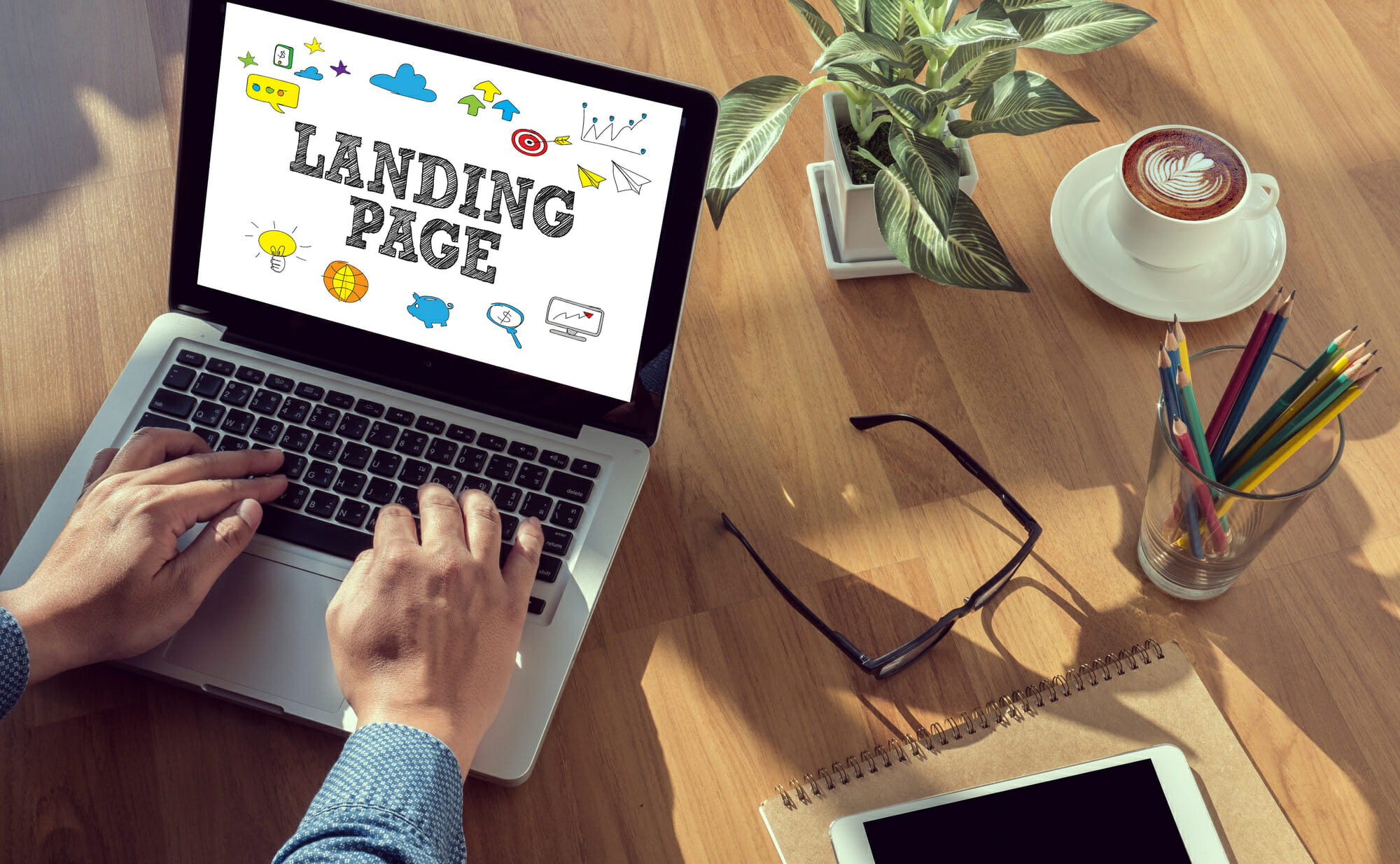A well-designed product landing page is crucial for converting visitors into customers in the competitive landscape of e-commerce. It serves as a dedicated space to showcase a specific product, highlighting its features, benefits, and unique selling points. In this blog, we’ll explore key strategies for designing product landing pages that maximize conversions.

Table of Contents
Toggle1. Focus on a Clear Value Proposition
Your landing page should immediately convey the value of your product. The value proposition answers the question: Why should customers buy this product?
- Concise Headline: Use a clear, compelling headline that highlights the main benefit of the product.
- Subheadline: Include a subheadline that provides additional context, reinforcing the headline and adding more details about the product’s benefits.
2. Use High-Quality Images and Videos
Visuals play a critical role in attracting attention and conveying information about the product.
- Multiple Angles: Include high-resolution images from different angles to provide a comprehensive view of the product.
- Lifestyle Images: Use lifestyle images showing the product in use to help customers envision how it fits into their lives.
- Product Videos: Incorporate videos demonstrating the product’s features and benefits, as they can significantly increase engagement and conversion rates.
3. Highlight Key Features and Benefits
Clearly outline the product’s features and benefits, making it easy for customers to understand what sets it apart.
- Bullet Points: Use bullet points for easy readability, summarizing key features that highlight what makes the product valuable.
- Benefit Statements: Focus on benefits rather than just features. Explain how the product solves a problem or enhances the customer’s life.
4. Create Trust with Social Proof
Building trust is essential for converting visitors into customers. Social proof can help alleviate concerns and boost confidence in your product.
- Customer Reviews: Display authentic customer reviews and ratings prominently on the landing page.
- Testimonials: Include testimonials from satisfied customers that highlight specific benefits or positive experiences with the product.
- Trust Badges: Incorporate trust badges, such as security certifications and money-back guarantees, to reassure customers about the safety and reliability of their purchase.
5. Optimize for Mobile Devices
With a growing number of consumers shopping on mobile devices, it’s crucial to ensure your landing page is mobile-friendly.
- Responsive Design: Use responsive design techniques to ensure that the landing page looks great and functions well on all devices.
- Fast Load Times: Optimize images and minimize code to ensure quick loading times, as slow pages can lead to high bounce rates.
6. Implement a Strong Call to Action (CTA)
A compelling call to action is essential for guiding visitors toward the next step in the purchasing process.
- Clear and Direct: Use action-oriented language that clearly indicates what the customer should do (e.g., “Buy Now,” “Add to Cart,” or “Get Yours Today”).
- Contrasting Colors: Make the CTA button stand out with contrasting colors that draw attention without being overwhelming.
- Placement: Position the CTA button prominently on the page, ideally above the fold and repeated at strategic points throughout the landing page.
7. Utilize Scarcity and Urgency
Creating a sense of urgency or scarcity can encourage visitors to take action quickly.
- Limited-Time Offers: Highlight any limited-time promotions or discounts that encourage immediate purchases.
- Low Stock Alerts: Indicate low stock levels to create urgency, prompting customers to act before the product runs out.
8. Offer Clear Pricing Information
Transparency around pricing is essential for building trust and facilitating the decision-making process.
- Visible Pricing: Ensure the price is prominently displayed near the product description and CTA button.
- Pricing Comparisons: If applicable, include comparisons to similar products to showcase value and justify pricing.
9. Provide Detailed Product Information
While visuals are important, customers also seek comprehensive information about the product before making a purchase.
- Technical Specifications: Include detailed specifications, dimensions, materials, and other relevant details that help customers make informed decisions.
- FAQs Section: Address common questions or concerns in an FAQ section, providing additional reassurance to potential buyers.
10. Test and Optimize
Continuous testing and optimization are vital for improving landing page performance.
- A/B Testing: Conduct A/B tests on various elements, such as headlines, CTAs, images, and layouts, to determine what resonates best with your audience.
- Analytics Tracking: Use analytics tools to track user behavior, bounce rates, and conversion rates, allowing you to identify areas for improvement.
Conclusion
Designing product landing pages that convert requires a thoughtful approach that combines effective messaging, engaging visuals, and user-friendly design. By focusing on a clear value proposition, building trust through social proof, and optimizing the user experience, you can create landing pages that not only attract visitors but also encourage them to make a purchase. Regular testing and optimization will ensure your landing pages remain effective in driving conversions, helping your e-commerce business thrive in a competitive market.


No responses yet